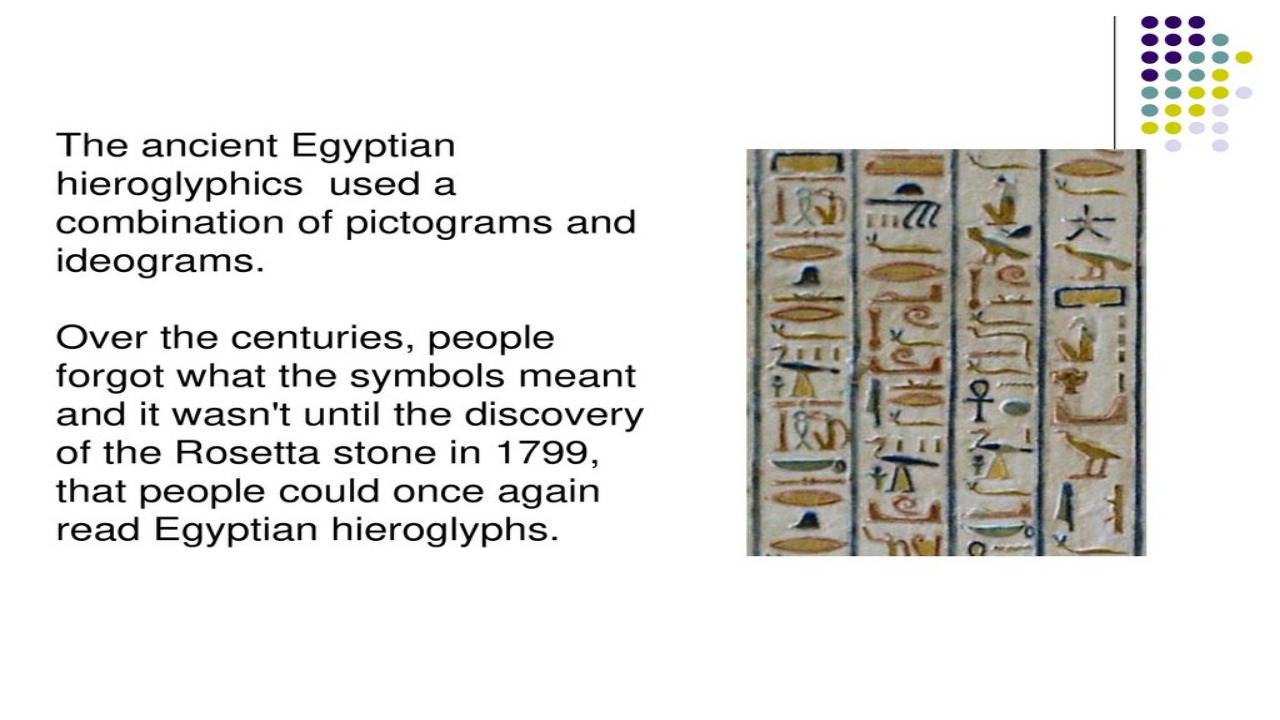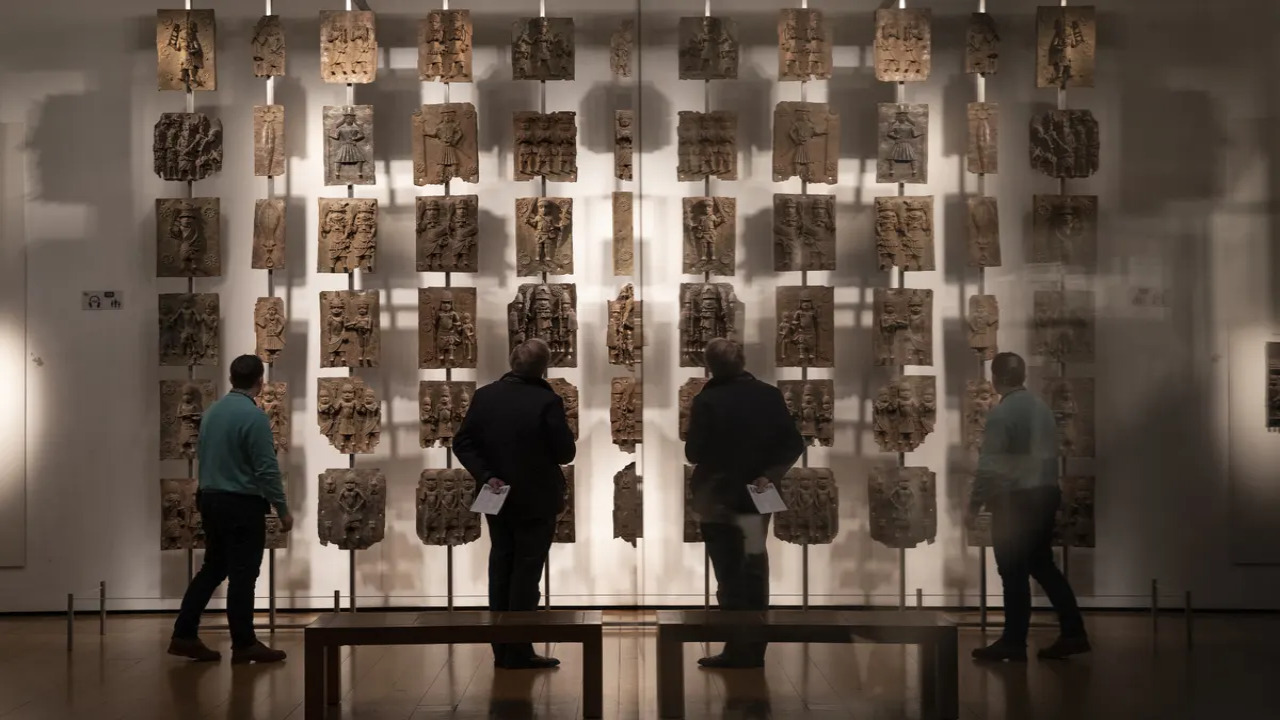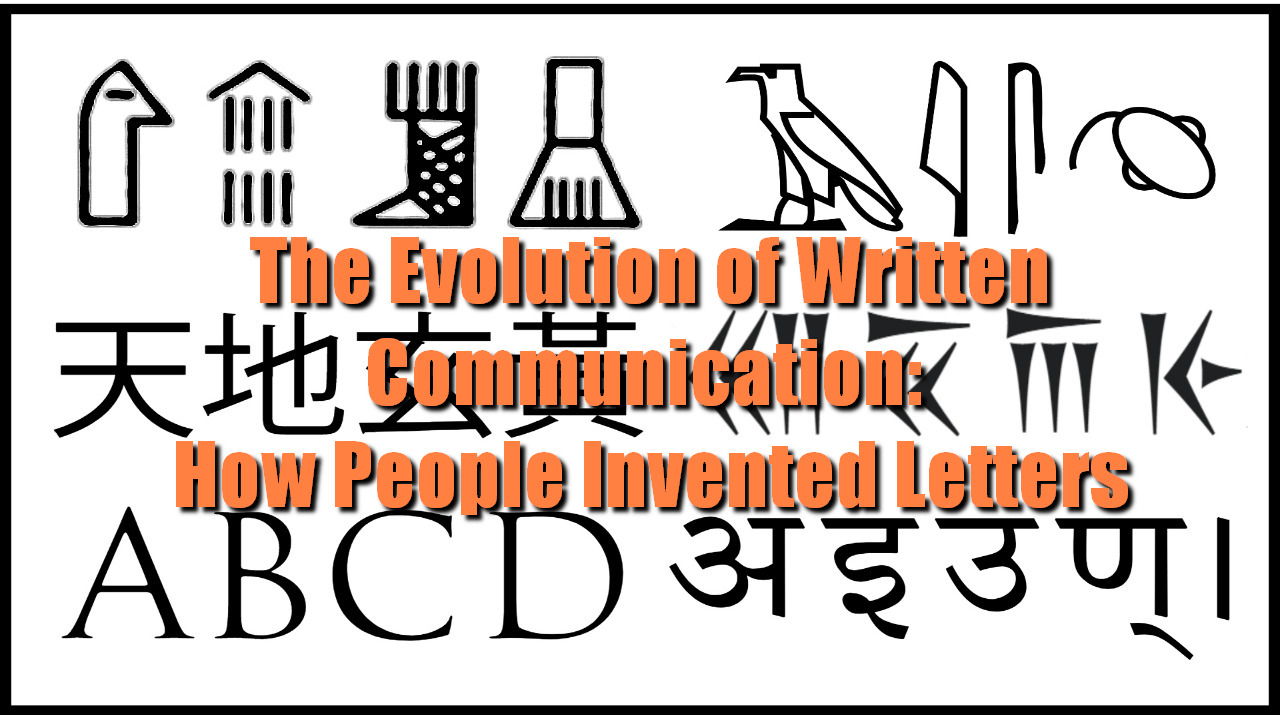The invention of letters marked a pivotal moment in human history, transforming the way we communicate and share information. From ancient civilizations to the modern world, the journey of how people invented letters is a fascinating tale of innovation, culture, and the human drive to connect with one another.
Pre-Letter Communication

Before the invention of letters, humans communicated primarily through oral traditions, relying on spoken words and gestures to convey their thoughts and experiences. This form of communication limited the reach and longevity of information, as it was vulnerable to memory loss and geographical barriers. Now, people can wonder about the meaning of letter s or other signs, but in those times, everything was simpler.
Pictograms and Ideograms

As societies evolved, the need for a more permanent and efficient way to communicate became evident. This led to the development of pictograms and ideograms – simple drawings representing objects, ideas, or actions. Ancient civilizations such as the Sumerians and Egyptians utilized these visual symbols to record transactions, rituals, and stories on clay tablets and papyrus scrolls. However, the complexity of human language could not be fully captured through these primitive forms of representation.
The Birth of Alphabets

The breakthrough in creating a more flexible and comprehensive writing system came with the invention of the alphabet. Instead of representing entire words or concepts, alphabets introduced the idea of using individual symbols – letters – to represent distinct sounds in spoken language. This innovation allowed for a much more efficient and versatile means of communication.
Phoenician Contribution
The Phoenicians, a seafaring civilization of the ancient Mediterranean, are often credited with developing one of the earliest known alphabets around 1200 BCE. Their alphabet consisted of consonant sounds, making it more adaptable to various spoken languages. This phonetic approach laid the foundation for the evolution of alphabets in different regions.
Greek Advancement
The Greeks further refined the Phoenician alphabet by introducing vowel symbols, which enhanced the accuracy and clarity of written communication. This adaptation allowed for a more accurate representation of their spoken language and paved the way for the development of literature, philosophy, and other intellectual pursuits.
Roman Adaptation
The Roman civilization adopted and adapted the Greek alphabet, giving rise to the Latin alphabet that serves as the basis for many modern languages today. The Roman alphabet spread across Europe due to the vast reach of the Roman Empire, becoming a unifying factor in the diverse linguistic landscape of the continent.
Cultural Influence on Letters

Throughout history, the invention and evolution of letters were deeply intertwined with cultural developments. Different civilizations imbued their alphabets with symbolic meanings, reflecting their values, beliefs, and worldview. This cultural influence is evident in languages like Chinese, where characters are rich with historical and cultural significance.
Impact on Knowledge Preservation
The invention of letters revolutionized knowledge preservation. Written records, once considered a privilege of the elite, became accessible to a wider audience. Libraries and archives emerged as centers of learning, enabling the accumulation and dissemination of knowledge across generations and regions.
Conclusion
The invention of letters stands as a testament to human ingenuity and the innate desire to communicate beyond the limitations of spoken language. From the earliest pictograms to the sophisticated alphabets of today, the journey of how people invented letters reflects the evolution of human society, culture, and interconnectedness. As we continue to advance technologically, it’s essential to remember the roots of our written communication and the remarkable journey that brought us to the written word’s power and ubiquity in the modern world.
